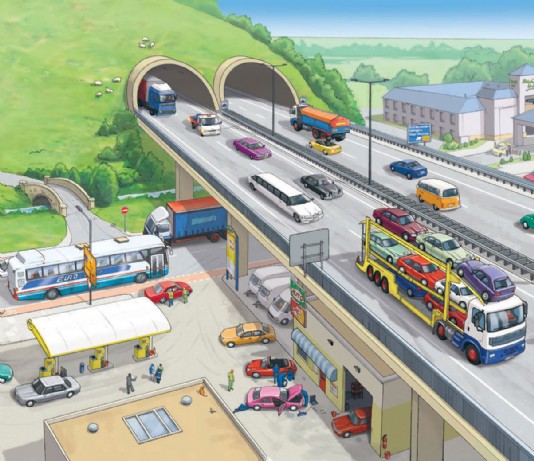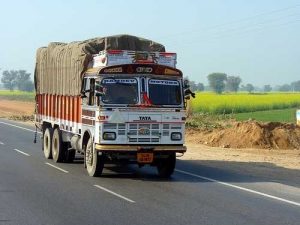
In today's fast-paced world, transportation plays a vital role in connecting people and goods across vast distances. While air transport is often hailed for its speed and efficiency, it is important to acknowledge that it also has its fair share of disadvantages when compared to road transport. In this article, we will delve into the drawbacks of using air transport over road transport, shedding light on the less-discussed aspects that are crucial for a comprehensive understanding.
- Cost Considerations:
One significant disadvantage of air transport is its high cost. Airline tickets, especially for long-haul flights, can be considerably more expensive than road transport alternatives. This cost factor becomes even more pronounced when transporting large or bulky goods, as air freight charges are typically based on weight and volume. Road transport, on the other hand, offers a more cost-effective solution for transporting goods over shorter distances, making it a preferred choice for many businesses and individuals. - Limited Accessibility:
While air transport provides unparalleled speed, it often lacks the flexibility and accessibility that road transport offers. Airports are typically located outside city centers, requiring additional transportation arrangements to reach the final destination. Moreover, air transport is heavily reliant on infrastructure, including airports and air traffic control systems, which may be limited or non-existent in remote or underdeveloped areas. Road transport, with its extensive network of roads and highways, provides greater accessibility, allowing for door-to-door delivery and reaching even the most remote locations. - Capacity Constraints:
Air transport is subject to capacity constraints due to limited space on airplanes. This can be a significant drawback when it comes to transporting large quantities of goods or oversized cargo. Airplanes have strict weight and size restrictions, which can limit the volume of goods that can be transported in a single trip. Road transport, on the other hand, offers greater flexibility in terms of capacity, as trucks can be customized to accommodate various types and sizes of cargo, making it a more suitable option for bulk transportation. - Environmental Impact:
Air transport is known for its substantial carbon footprint. The emissions from aircraft contribute to air pollution and greenhouse gas emissions, which have adverse effects on the environment and contribute to climate change. In contrast, road transport, although not without its own environmental challenges, has the potential for more sustainable alternatives, such as electric or hybrid vehicles. These advancements in road transport technology offer the possibility of reducing carbon emissions and minimizing the environmental impact associated with transportation. - Dependence on External Factors:
Air transport is highly susceptible to external factors that can disrupt operations. Adverse weather conditions, such as storms or heavy fog, can lead to flight delays or cancellations, causing inconvenience and potential financial losses. Additionally, security concerns and geopolitical factors can impact air travel, leading to increased regulations and potential disruptions. Road transport, while not immune to external factors, is generally more resilient and adaptable, as it is not as heavily influenced by weather conditions or geopolitical events.
Conclusion:
While air transport undoubtedly offers speed and efficiency, it is important to consider the disadvantages it presents when compared to road transport. The high cost, limited accessibility, capacity constraints, environmental impact, and dependence on external factors are all factors that should be taken into account when choosing the most suitable mode of transportation. By understanding these drawbacks, individuals and businesses can make informed decisions and optimize their transportation strategies accordingly, striking a balance between efficiency, cost-effectiveness, and environmental sustainability.

